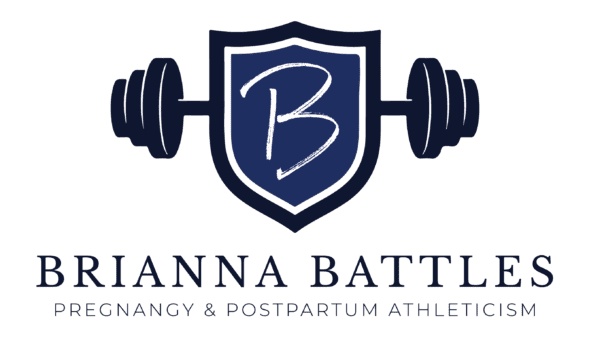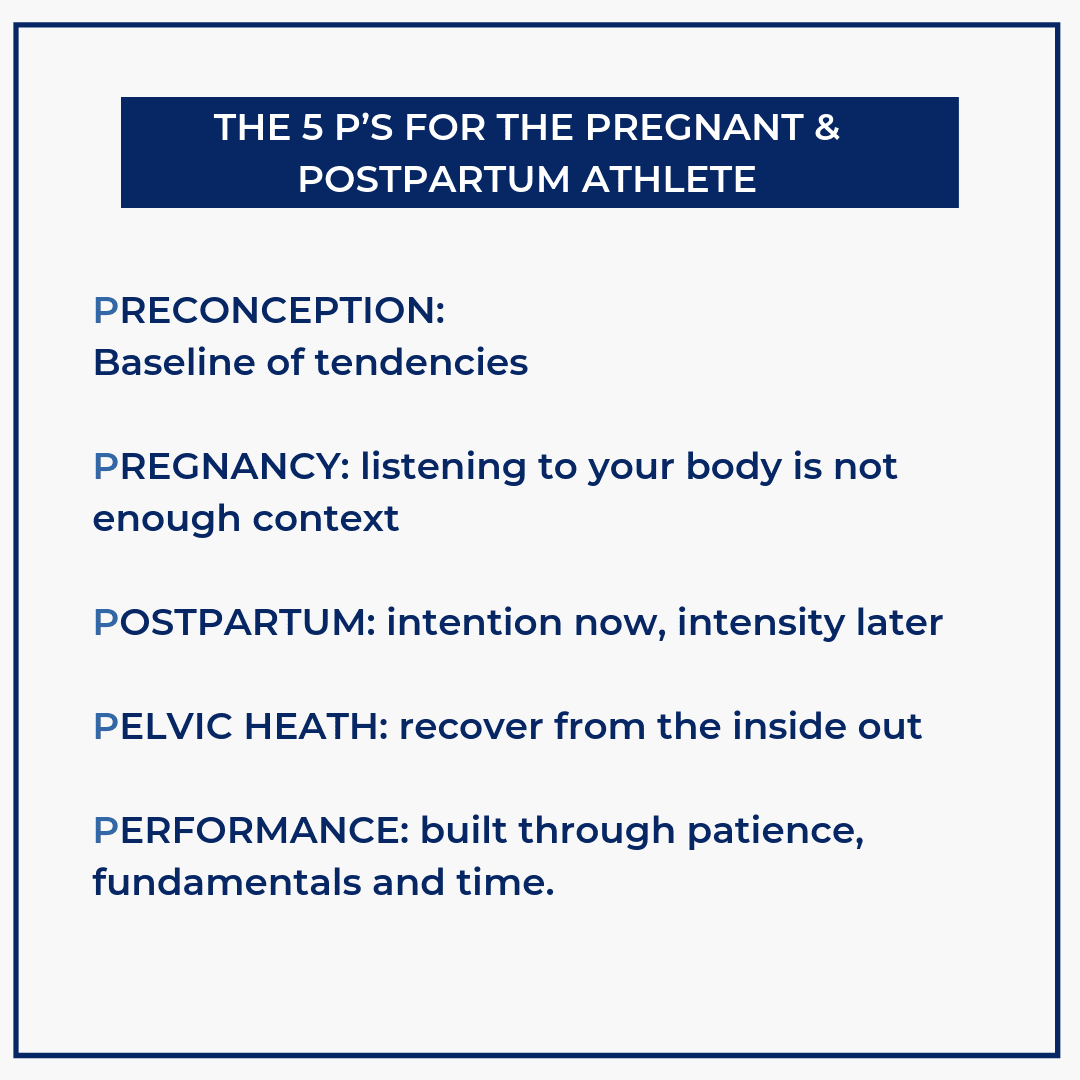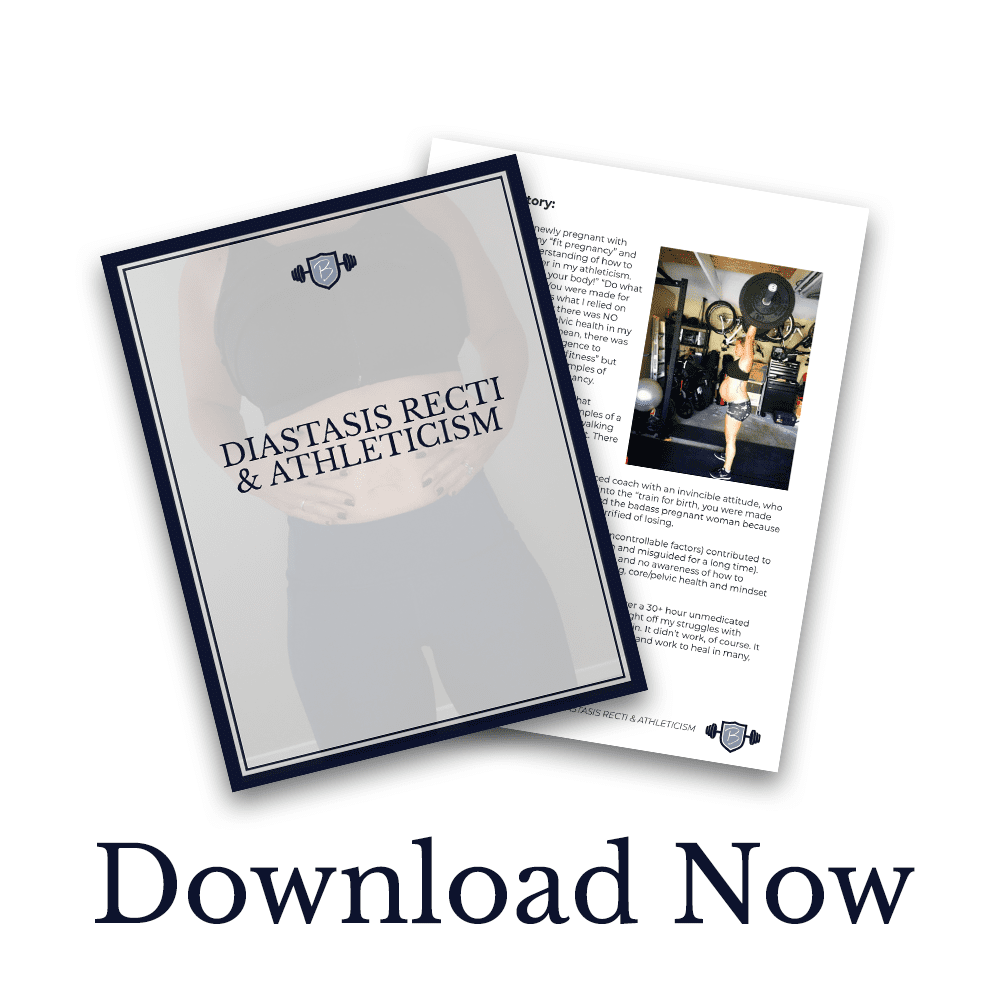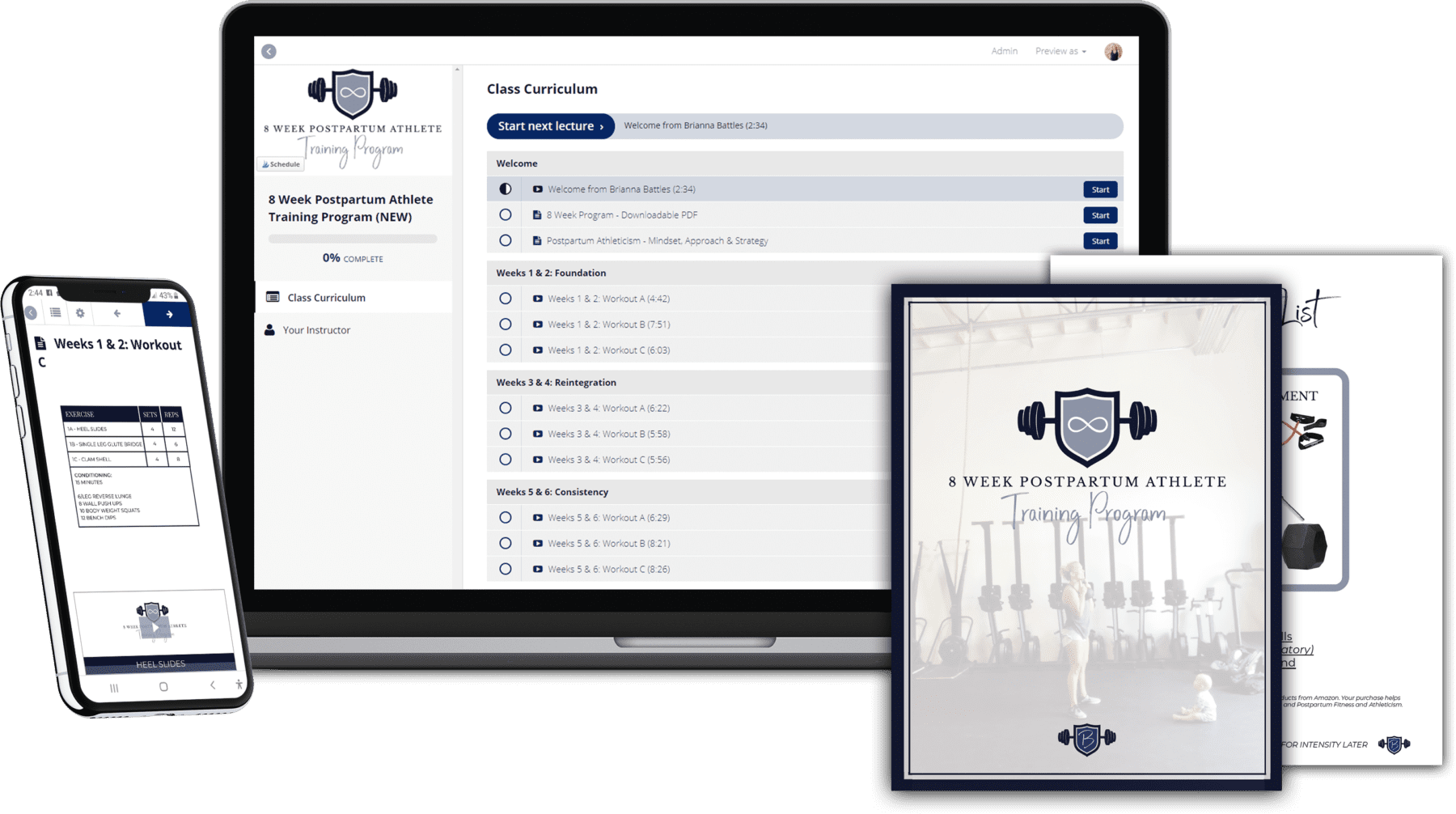When it comes to preconception, pregnancy, postpartum, performance and pelvic health, there's a lot of extreme OR generic info.
I like to hang out in the middle, connecting all the considerations for a variety of individuals.
Yes, we can make some general suggestions.
Yes, we can identify the extremes.
But mostly importantly, I want anyone who follows me, reads through my free resources or purchases any program to GET IT. I want them to be able to see the forest through the trees instead of getting hung up looking at a big ass tree in front of them.
You know what I'm saying?
1. PRECONCEPTION:
Get a baseline of what you do, and how you do it. Having context about your body, core and pelvic health symptoms (if any) before pregnancy, and what your tendencies are as it relates to exercise and lifestyle can be helpful for navigating pregnancy and postpartum.
Examples:
- Breathing tendencies (do you always hold your breath?)
- How you hold tension in your body (Is your stomach sucked in all the time? Is it hard to let your shoulders drop?)
- Your go-to positions/posture, etc.
This gives you insight on potential adjustments you may need to make to not just what you do, but how you do it, in terms of exercise and a changing body.
2. PREGNANCY:
Understand that “listening to your body” is not enough. Adapt to the ever-evolving demands, from energy levels to intensity of workouts and loads lifted.
It’s not a time to maintain and “do what you’ve always done.”
It’s a time to adapt and be mindful of the changes to your body and how your exercise influences your expanding abdominal wall, demands to the pelvic floor and what your ultimate performance goals are postpartum.
Just because you "feel fine," or you've always done xyz, does not mean that it's right for your body *right now.*
We have SO many options and ways to navigate our choices and context.
You are not losing ability, you are gaining insight and focusing on the big picture.
SCALING RECOMMENDATIONS FOR THE PREGNANT ATHLETE
Download this essential FREE guide for working out during your pregnancy.
3. POSTPARTUM:
“You’re cleared” is not good enough feedback on the status of your healing body from both pregnancy and delivery, regardless of how the baby came out.
A cesarian section is not a guaranteed harder recovery or worse outcome than a vaginal birth and a vaginal birth is not an indicator of an easier/faster recovery.
Pregnancy and birth is a significant physiological process that demands time, intention and respect.
Going out on a 3 mile run at 6 weeks *might* not be the best game plan, and neither is heading straight back to your CrossFit class.

Modifications are not enough... building to the foundation for the modifications and performance is where it's at.
I want you to have more information and context on your specific readiness from the inside out, literally. Seek out a pelvic floor physical therapist to help with this assessment, as well as a Pregnancy & Postpartum Athleticism Coach (search for one here) to assist in guiding your return to exercise and performance.
If you're someone who's like, just tell me what do right now because this body is way different...I created an 8-week Postpartum Athlete Training Program (read more here).
4. PELVIC HEALTH:
So, core and pelvic health are related, same system, different demands.
Both are influenced by pregnancy, labor, birth, fitness and postpartum recovery. We don't need to be neurotic about every little thing, but we also shouldn't be negligent to the changes that are happening to our body and what we have control of.
Seeing a PFPT can help give a baseline of info and guidance for any symptom you may be experiencing AND can help you understand your own specific application of rehab. If you are leaking, the urge to urinate, feel pressure, heaviness, dragging, fatigue, or weakness, disconnection, pain etc please seek out professional help.
While many of these symptoms are normal to experience, it does not have to be the end game. With more context and info on our changed and changing body, we can manage and oftentimes, improve symptoms.
5. PERFORMANCE:
Performance and "routine fitness" is built through patience, fundamentals and time.
It's SO temping to try and maintain or get back into routine as quickly as possible, but that's not how sustainable fitness and function is achieved. Master the basics of control and recovery, before building into strength and dynamic efforts. It's a process, and important to remember that the gym will always be there, the roads will always welcome you back for your run, the miles, weights lifted and accomplishments are earned with time, efficiency and intention. Every athlete understands seasons... we see it demonstrated in sports. It's ok to have an off-season where you put in deliberate work so that you perform better when the time is right.
Out of the P's covered, which one resonated or do you have questions about?
P.S. Keep scrolling to find my best free and paid resources for support on the topics mentioned in this post.
Are you a postpartum athlete looking to improve and progress your body?
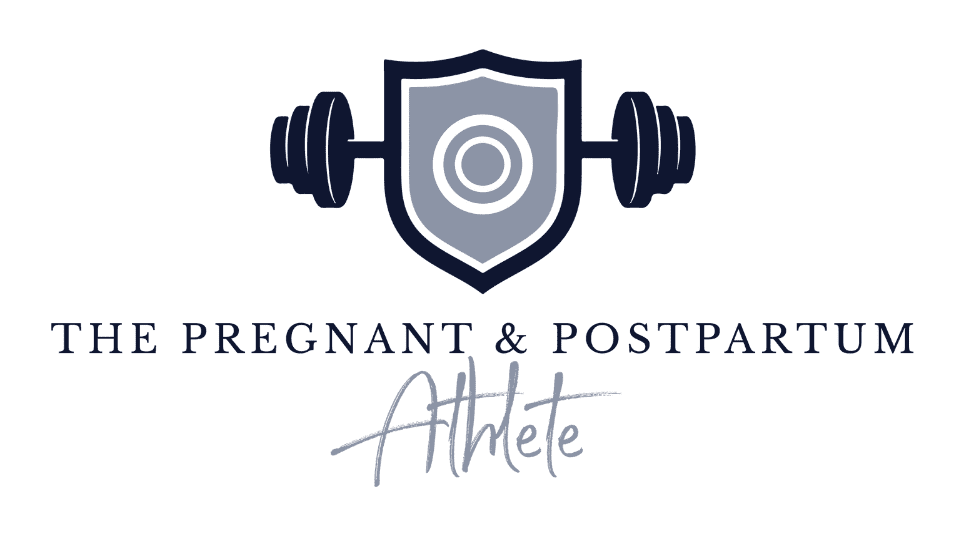

Are you pregnant and everyone has you convinced that “OMG diastasis” or “just listen to your body, do what you’ve always done!” Neither are ok or are enough info.
